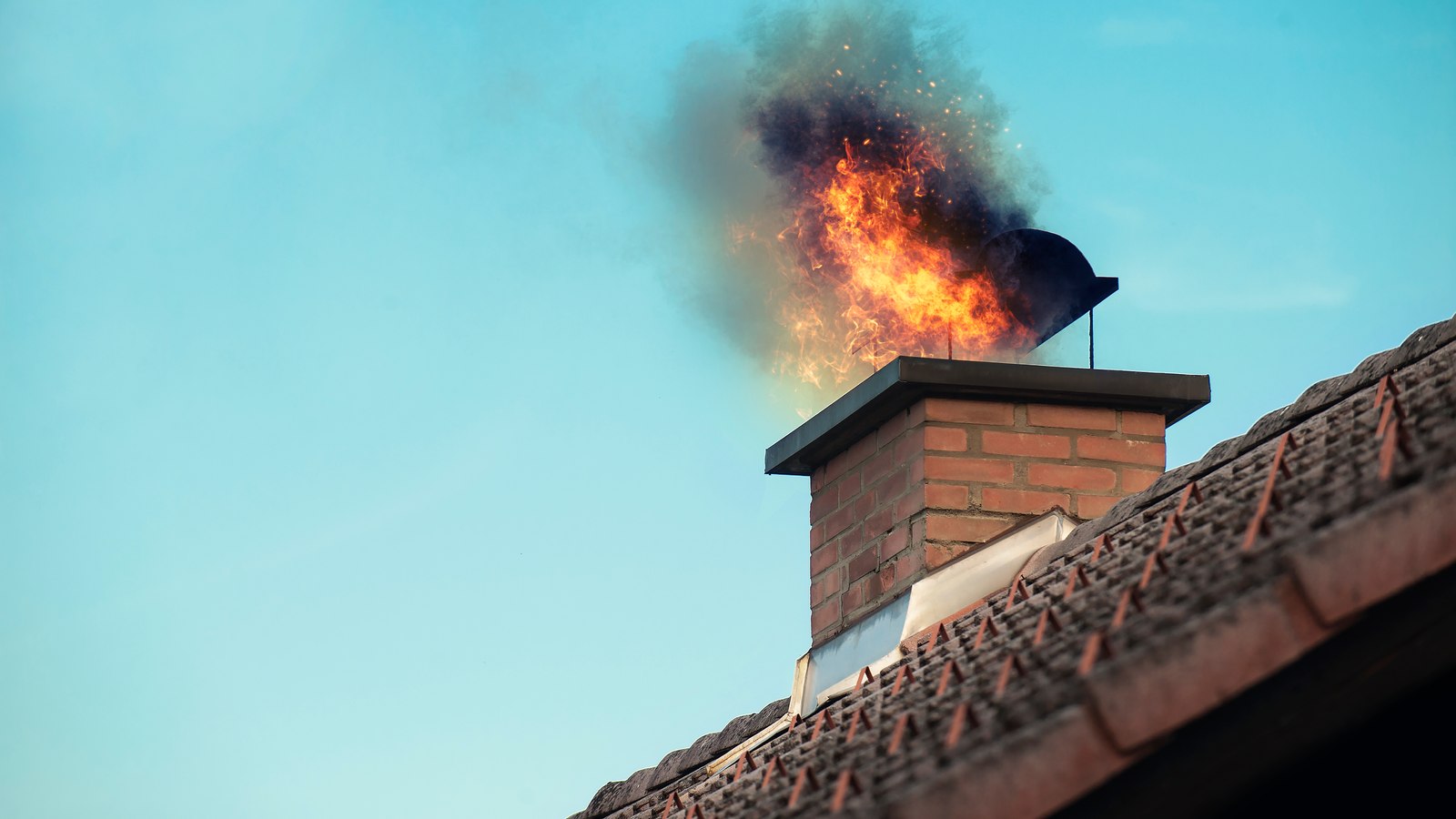

Articles
How To Prevent Chimney Fires
Modified: September 2, 2024
Learn valuable articles on how to prevent chimney fires and keep your home safe. Get expert tips and advice to avoid potential hazards and ensure the longevity of your chimney.
(Many of the links in this article redirect to a specific reviewed product. Your purchase of these products through affiliate links helps to generate commission for Storables.com, at no extra cost. Learn more)
Introduction
Chimney fires can be a terrifying and potentially devastating event for homeowners. The combination of excessive creosote buildup and high temperatures can ignite a fire inside the chimney, causing damage to the structure and posing a significant risk to the entire house. Therefore, it is crucial to understand the causes of chimney fires and take preventive steps to ensure the safety of your home and loved ones.
In this article, we will explore the common causes of chimney fires, signs that indicate a potential fire, and most importantly, the steps you can take to prevent chimney fires from occurring in the first place. By implementing these preventative measures and practicing proper chimney maintenance, you can ensure a safe and enjoyable experience when using your fireplace or wood-burning stove.
Without further ado, let’s delve into the world of chimney fires and arm yourself with the knowledge to protect your home.
Key Takeaways:
- Regular chimney maintenance, proper wood-burning practices, and installation of protective devices are essential in preventing chimney fires and ensuring the safety of your home and loved ones.
- Understanding the causes of chimney fires, recognizing potential signs, and implementing proactive measures such as proper ventilation and safe usage practices are key to minimizing the risk of chimney fires.
Read more: How To Start A Fire In Chimney
Understanding Chimney Fires
To effectively prevent chimney fires, it is crucial to have a clear understanding of what they are and how they occur. Chimney fires typically result from the ignition of creosote, a flammable substance that builds up on the inner walls of the chimney over time.
Creosote is formed when wood or fossil fuels are burned, releasing byproducts that condense and stick to the chimney lining. If the chimney does not have sufficient airflow, these byproducts accumulate and solidify into a dark, sticky substance known as creosote. The thicker the layer of creosote, the higher the risk of a chimney fire.
When the creosote reaches ignition temperature, usually around 1112°F (600°C), it can ignite and combust, resulting in a chimney fire. The intense heat generated by the fire can cause the chimney to crack or collapse, spreading the fire to other parts of the home.
Chimney fires can either be slow-burning or rapid-burning. Slow-burning fires occur when the creosote ignites and burns slowly, producing dense smoke and intense heat. These fires are usually less visible but can still cause significant damage to the chimney and surrounding structures.
Rapid-burning fires, on the other hand, involve a sudden ignition of highly flammable creosote, producing flames that can shoot out of the chimney. These fires are often accompanied by loud cracking or popping sounds and can cause severe damage to the chimney in a short period.
It is important to note that even if a chimney fire does not spread beyond the chimney, the intense heat and flames can still cause internal damage, compromise the structural integrity of the chimney, and increase the risk of future fires.
Now that we have a better understanding of chimney fires, let’s examine the common causes that contribute to their occurrence.
Common Causes of Chimney Fires
Chimney fires can result from a combination of factors, many of which are preventable with proper maintenance and usage. Understanding the common causes of chimney fires will help you take the necessary precautions to reduce the risk of such incidents in your home.
1. Creosote buildup: The main cause of chimney fires is the accumulation of creosote, a highly flammable substance, on the inner walls of the chimney. This buildup occurs over time due to incomplete combustion, inadequate airflow, and burning unseasoned wood or other materials that produce excessive creosote.
2. Infrequent chimney cleaning: Regular chimney cleaning is essential to remove the creosote buildup. Failure to clean the chimney on a regular basis can lead to a thicker layer of creosote, increasing the risk of a chimney fire.
3. Improper wood-burning practices: Burning unseasoned wood or using excessive amounts of wood can produce more creosote. It is essential to use well-seasoned hardwoods that have been dried for at least six months to reduce creosote production.
4. Restricted airflow: Inadequate airflow can contribute to the formation of creosote. Factors such as closed dampers, clogged chimney caps, and obstructions in the chimney can impede the proper flow of air, leading to creosote accumulation.
5. Malfunctioning chimney liner: A damaged or deteriorated chimney liner can result in combustion byproducts sticking to the walls of the chimney, increasing the risk of a chimney fire.
6. Using improper fuel: Burning materials other than wood, such as paper, cardboard, or garbage, can release chemicals and contaminants that contribute to creosote buildup and increase the risk of a chimney fire.
7. Structural issues: Chimney fires can occur due to structural issues, such as cracks or gaps in the chimney lining, which can allow heat and flames to reach surrounding combustible materials.
By being aware of these common causes, you can take the necessary steps to prevent chimney fires and ensure the safety of your home. In the next section, we will discuss the signs that indicate a potential chimney fire.
Signs of a Potential Chimney Fire
Recognizing the signs of a potential chimney fire is crucial for early detection and intervention. By being vigilant and observant, you can take immediate action to prevent further damage and ensure the safety of your home. Here are some signs that may indicate a potential chimney fire:
1. Loud cracking or popping sounds: When a chimney fire occurs, you may hear loud cracking or popping sounds. These sounds are caused by the rapid ignition and combustion of the flammable creosote within the chimney.
2. Visible flames or sparks: In some cases, you may actually see flames or sparks coming out of the chimney. This is a clear indication that a chimney fire is taking place and requires immediate attention.
3. Dense smoke or strong odor: During a chimney fire, you may notice an increase in smoke coming from the chimney. The smoke may be thick and have a pungent, acrid odor. If you notice these signs, it is important to evacuate the premises and call the fire department.
4. Heat transfer: In some instances, you may feel intense heat radiating from the chimney or notice that nearby walls, ceilings, or furniture are abnormally hot to the touch. This indicates that the fire has spread beyond the chimney and poses a serious risk to the structure.
5. Cracks or damage: Following a chimney fire, it is essential to inspect the chimney closely for any visible cracks, warped metal, or other signs of damage. These structural issues can compromise the safety and functionality of the chimney.
If you experience any of these signs, it is crucial to take immediate action to prevent the fire from spreading or causing further damage. Evacuate the premises, call the fire department, and seek professional assistance to assess and repair any damage to the chimney.
However, it’s important to note that not all chimney fires are easily detectable or accompanied by obvious signs. That is why regular chimney maintenance and adherence to safety practices are essential in preventing chimney fires from occurring in the first place. In the next section, we will discuss the steps you can take to proactively prevent chimney fires.
Steps to Prevent Chimney Fires
Preventing chimney fires requires a combination of regular maintenance, proper usage, and adherence to safety practices. By following these steps, you can significantly reduce the risk of a chimney fire in your home:
1. Regular chimney maintenance: Schedule annual inspections and cleanings by a certified chimney sweep. A professional sweep will ensure that creosote buildup is removed, identify any potential issues, and verify that the chimney is in good working condition.
2. Use well-seasoned wood: Burn only well-seasoned hardwoods that have been properly dried for at least six months. Wet or unseasoned wood produces more creosote and increases the risk of a chimney fire.
3. Manage the fire: Build and maintain fires that are moderate in size. Avoid overloading your fireplace or wood-burning stove with excessive amounts of wood, as this can lead to incomplete combustion and more creosote formation.
4. Ensure proper airflow: Keep the damper fully open while the fire is burning to ensure adequate airflow and proper ventilation. This helps minimize the accumulation of creosote.
5. Dispose of ashes safely: Allow ashes to cool completely before disposing of them in a metal container. Place the container outside, away from your home, to prevent any potential fire hazard.
6. Install a chimney cap and spark arrestor: A chimney cap acts as a protective barrier, preventing debris, animals, and birds from entering the chimney. Additionally, a spark arrestor can prevent sparks from escaping the chimney and igniting nearby combustible materials.
7. Monitor smoke production: Pay attention to the amount and color of smoke produced by your chimney. If you notice excessive smoke or a change in color, there may be an issue with your fireplace or wood-burning stove that requires addressing.
8. Keep the area around the chimney clear: Remove any flammable items or debris from the immediate vicinity of the chimney. This helps prevent accidental ignition and allows for proper airflow.
9. Install carbon monoxide detectors: Carbon monoxide is a colorless and odorless gas that can be produced by a malfunctioning fireplace or wood-burning stove. Install carbon monoxide detectors on every level of your home to ensure early detection in case of a leak.
10. Stay informed: Keep yourself updated on the latest safety guidelines and best practices for fireplace and wood-burning stove usage. Understanding the potential risks and being proactive with safety measures is key to preventing chimney fires.
By implementing these preventative measures and maintaining a vigilant approach, you can significantly reduce the likelihood of a chimney fire. Remember, the safety of your home and loved ones should always be a top priority.
In the next sections, we will dive deeper into specific aspects of chimney maintenance and usage to further enhance your fire safety knowledge.
Tip: Have your chimney inspected and cleaned annually by a professional to remove creosote buildup, a common cause of chimney fires. Also, use seasoned hardwood for burning to reduce creosote formation.
Read more: How To Put Out A Chimney Fire
Regular Chimney Maintenance
Regular chimney maintenance plays a crucial role in preventing chimney fires and ensuring the optimal performance of your fireplace or wood-burning stove. By following these steps, you can keep your chimney clean and in good working condition:
1. Schedule annual inspections: It is recommended to have your chimney inspected by a certified chimney sweep at least once a year. A professional inspection will identify any issues, such as creosote buildup, cracks, or damaged chimney components, that require attention.
2. Clean the chimney regularly: Creosote buildup is the primary cause of chimney fires. Hire a professional chimney sweep to thoroughly clean the chimney and remove any accumulated creosote. This should be done annually or more frequently if you use your fireplace or wood-burning stove frequently.
3. Check for structural damage: During an inspection, the chimney sweep will assess the integrity of the chimney structure. They will look for cracks, loose bricks, or deteriorating mortar that may compromise the safety and functionality of the chimney. Timely repairs can prevent further damage and potential hazards.
4. Repair or replace a damaged chimney liner: The chimney liner protects the chimney walls and helps direct the byproducts of combustion safely out of the home. If the liner is damaged or deteriorated, it should be repaired or replaced promptly to prevent the risk of a chimney fire.
5. Install a chimney cap: Installing a chimney cap is an essential preventative measure. A chimney cap serves as a barrier, preventing debris, moisture, and animals from entering the chimney. It also helps prevent downdrafts and can reduce the likelihood of a chimney fire.
6. Keep the chimney clear: Regularly check the top of the chimney for any obstructions such as leaves, twigs, or animal nests. Clear away any debris that may block the chimney’s airflow to maintain proper ventilation and reduce the risk of a chimney fire.
7. Monitor chimney condition throughout the year: Pay attention to any changes or issues with your chimney between scheduled inspections. Look for signs of damage, such as loose bricks or mortar, cracks, or water leaks. Promptly address any concerns to prevent further damage.
Remember, proper chimney maintenance not only reduces the risk of chimney fires but also improves fireplace or wood-burning stove performance and increases energy efficiency. Make chimney maintenance a priority to protect your home and ensure the safe enjoyment of your chimney for years to come.
In the following sections, we will discuss other important factors to consider when using a fireplace or wood-burning stove to minimize the risk of chimney fires.
Proper Use of Fireplace or Wood-Burning Stove
Using a fireplace or wood-burning stove can provide warmth and create a cozy atmosphere in your home. However, it is essential to follow proper usage guidelines to minimize the risk of chimney fires. Here are some important tips to consider:
1. Use dry, seasoned wood: Only burn properly seasoned hardwoods in your fireplace or wood-burning stove. Well-seasoned wood has been dried for at least six months and has a moisture content of around 20% or less. Burning wet or unseasoned wood can produce excessive creosote, increasing the risk of chimney fires.
2. Avoid using accelerants: Never use accelerants like gasoline, kerosene, or lighter fluid to start or revive a fire. These substances can create intense, uncontrollable flames that may lead to a chimney fire. Stick to using newspaper, kindling, or fire-starting logs to safely ignite your fire.
3. Build smaller, controlled fires: Avoid building fires that are overly large or intense. Smaller, controlled fires allow for better airflow and more complete combustion, minimizing the production of creosote. Additionally, they are easier to manage and less likely to cause overheating of the chimney.
4. Keep a screen or glass door closed: If your fireplace or wood-burning stove has a screen or glass door, make sure to keep it closed while the fire is burning. This helps prevent sparks or embers from escaping the fireplace and potentially igniting surrounding combustible materials.
5. Never leave fires unattended: It is important to never leave a fire burning unattended. Before going to bed or leaving the house, ensure that the fire is fully extinguished. Use a metal fireplace poker or tongs to rearrange the logs and allow them to burn completely before leaving the room.
6. Use a fireplace grate: Using a fireplace grate can help improve airflow and facilitate better combustion. It keeps the logs elevated, allowing ash to fall through and allowing air to circulate around the fire more efficiently.
7. Dispose of ashes safely: After the fire has completely burned out and the ashes have had time to cool, transfer them to a metal container with a tight-fitting lid. Store the container away from flammable materials and dispose of the ashes in a non-flammable area, such as an outdoor compost pile or designated ash disposal container.
8. Teach and supervise children: If you have young children in your home, teach them about the dangers of fire and how to properly behave around the fireplace or wood-burning stove. Never leave children unattended in a room with a fire, and keep matches and lighters out of their reach.
By following these guidelines, you can ensure the safe and responsible use of your fireplace or wood-burning stove, reducing the risk of chimney fires. In the next section, we will discuss the importance of proper ventilation and the role it plays in preventing chimney fires.
Ensuring Proper Ventilation
Proper ventilation is crucial for the safe and efficient operation of your fireplace or wood-burning stove. It helps to remove smoke, combustion byproducts, and moisture from your home, reducing the risk of chimney fires. Here are some important considerations for ensuring adequate ventilation:
1. Keep the damper open: Before starting a fire, make sure the damper is fully open. This allows for proper airflow and the release of smoke and gases up through the chimney. Remember to close the damper when the fire is completely extinguished to prevent drafts and heat loss.
2. Check for obstructions: Regularly inspect the chimney for any blockages or obstructions that may hinder proper ventilation. Common obstructions include animal nests, leaves, or debris. Clear away any debris and ensure the chimney cap is free from any blockage.
3. Avoid closing off ventilation sources: Ensure that vents or air intake sources in the room where your fireplace or wood-burning stove is located are not blocked or closed off. These vents provide necessary fresh air for combustion and help maintain proper airflow throughout your home.
4. Consider supplemental ventilation: In some cases, particularly in tightly sealed or energy-efficient homes, additional ventilation may be necessary to ensure proper airflow. Consult with a professional to determine if your home would benefit from supplemental ventilation solutions.
5. Monitor carbon monoxide levels: Carbon monoxide (CO) is a silent, odorless gas that can be released during incomplete combustion. Install carbon monoxide detectors on every level of your home, particularly in the vicinity of your fireplace or wood-burning stove. Regularly check the batteries and ensure the detectors are functioning properly.
6. Use vented appliances: When installing a wood-burning stove or fireplace, opt for models that are designed to be vented either through a chimney or directly to the outside. Ventless or unvented appliances can release combustion byproducts and moisture into your home, increasing the risk of chimney fires.
7. Consult a professional: If you are experiencing persistent issues with ventilation or suspect your chimney is not functioning optimally, it is best to consult with a professional chimney sweep or HVAC technician. They can assess your chimney and ventilation system, identify any issues, and recommend appropriate solutions.
Ensuring proper ventilation is fundamental in preventing chimney fires and maintaining a healthy indoor environment. By following these tips and regularly maintaining your ventilation system, you can enjoy the warmth and beauty of your fireplace or wood-burning stove with confidence.
In the next section, we will discuss the importance of installing a chimney cap and spark arrestor for added safety and fire prevention.
Installing a Chimney Cap and Spark Arrestor
Installing a chimney cap and spark arrestor is a wise investment that can significantly enhance fire safety and prevent chimney fires. These protective devices serve multiple functions and help to keep your chimney and home safe. Here’s why installing a chimney cap and spark arrestor is important:
1. Preventing debris and animal entry: A chimney cap acts as a barrier, preventing leaves, twigs, branches, and other debris from entering your chimney. It also deters birds, squirrels, raccoons, and other animals from nesting or getting stuck inside the chimney. This not only reduces the risk of airflow obstructions but also eliminates potential fire hazards from combustible materials in the chimney.
2. Minimizing moisture intrusion: A chimney cap provides protection against moisture entry. Rain, snow, and sleet can enter the chimney, leading to water damage, rust, corrosion, and even the potential for mold growth. By keeping water out, the chimney cap helps maintain the structural integrity of the chimney and reduces the risk of chimney fires caused by moisture-related damage.
3. Preventing downdrafts: A chimney cap helps to minimize downdrafts, which occur when wind forces air down the chimney. Downdrafts can disrupt proper airflow and create negative pressure, causing smoke, carbon monoxide, and other byproducts to enter your home. By installing a chimney cap, you can redirect the airflow and prevent drafts, ensuring that smoke and gases are effectively vented.
4. Containing sparks and embers: A spark arrestor is an additional component that can be added to the chimney cap. It features a mesh screen that prevents sparks and embers from escaping the chimney. This is particularly important if you live in an area prone to wildfires or have nearby vegetation that could catch fire. By containing sparks, the spark arrestor helps prevent chimney fires and reduces the risk of fire spreading to your roof or surroundings.
5. Enhancing fire safety: The installation of a chimney cap and spark arrestor is a proactive step toward enhancing overall fire safety in your home. It provides effective protection against potential fire hazards, improves airflow, and reduces the chances of combustible materials entering the chimney.
When installing a chimney cap and spark arrestor, it is important to choose the right size and design that fits your chimney appropriately. Consider hiring a professional chimney sweep or contractor to install these devices, as they will ensure proper installation and functionality.
By investing in a chimney cap and spark arrestor, you can enjoy peace of mind knowing that you have taken important measures to prevent chimney fires and protect your home and loved ones.
In the final section, we will summarize the key points discussed throughout this article and emphasize the importance of proactive measures in preventing chimney fires.
Conclusion
Chimney fires can be dangerous and devastating, but they are also highly preventable. By understanding the causes of chimney fires and taking proactive measures, you can significantly reduce the risk and keep your home safe. Throughout this article, we have explored various aspects of chimney fire prevention, including maintenance, proper usage, ventilation, and the installation of protective devices.
Regular chimney maintenance is crucial in preventing creosote buildup, the main cause of chimney fires. Scheduling annual inspections and cleanings, repairing any structural issues, and ensuring proper ventilation are all key steps in maintaining a safe and efficient chimney.
Proper usage of a fireplace or wood-burning stove involves using well-seasoned wood, avoiding accelerants, building controlled fires, and never leaving fires unattended. These practices help minimize creosote production and reduce the risk of chimney fires.
Ensuring proper ventilation is essential in maintaining optimal airflow and preventing the buildup of smoke, gases, and moisture. Keeping the chimney clear, having functional dampers, and considering supplemental ventilation if needed are all important for a well-ventilated system.
Installing a chimney cap and spark arrestor provides additional protection by preventing debris, animals, and moisture from entering the chimney, as well as containing sparks and embers within the chimney. These devices are integral to fire safety and reducing the risk of chimney fires.
In conclusion, by following these preventative measures and practicing responsible chimney maintenance and usage, you can greatly minimize the likelihood of a chimney fire in your home. Regular inspections, proper ventilation, and the installation of a chimney cap and spark arrestor are essential components of a comprehensive fire prevention strategy.
Remember, the safety of your home and loved ones should always be prioritized. Stay informed, stay vigilant, and take proactive steps to protect your home from the dangers of chimney fires.
Frequently Asked Questions about How To Prevent Chimney Fires
Was this page helpful?
At Storables.com, we guarantee accurate and reliable information. Our content, validated by Expert Board Contributors, is crafted following stringent Editorial Policies. We're committed to providing you with well-researched, expert-backed insights for all your informational needs.
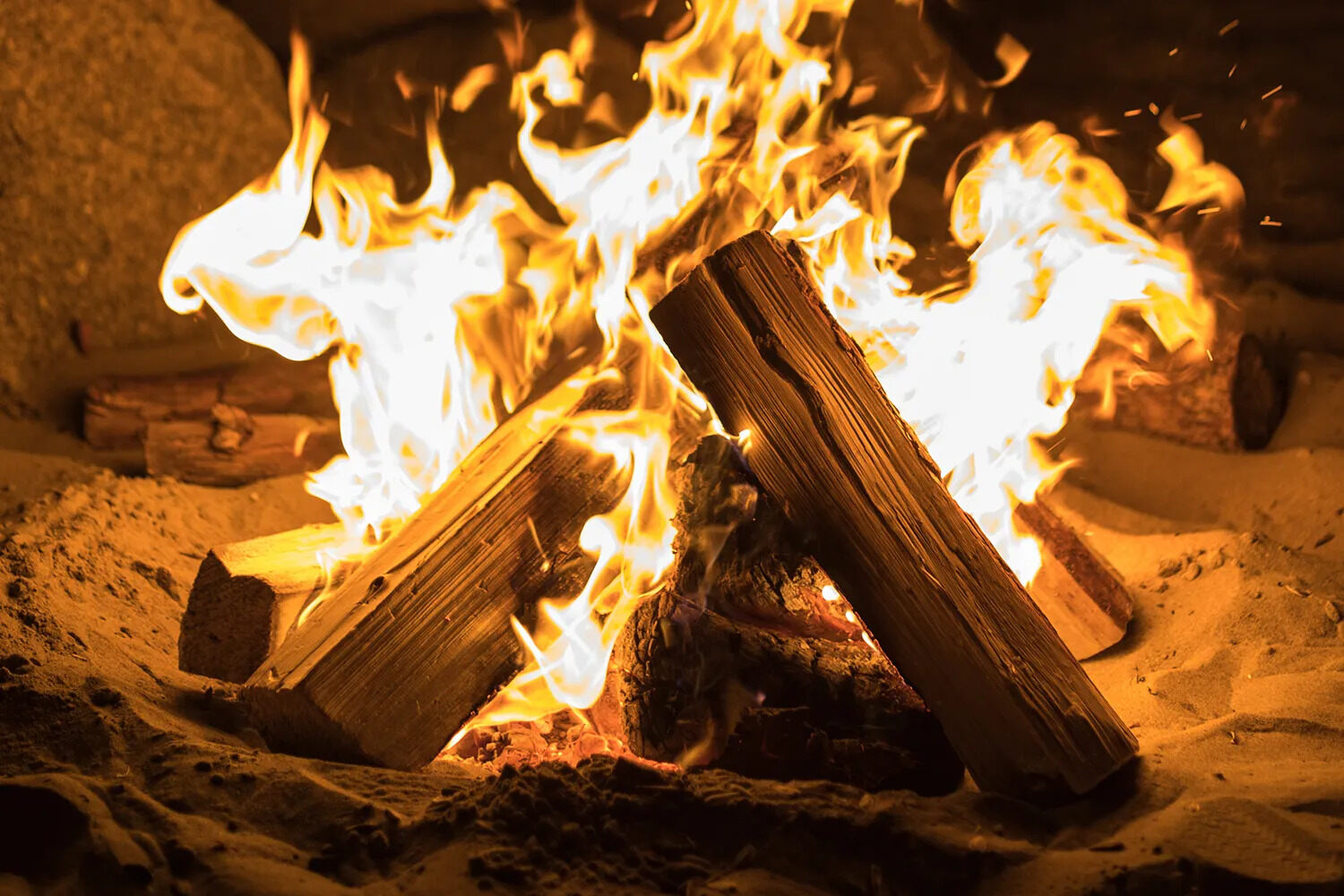
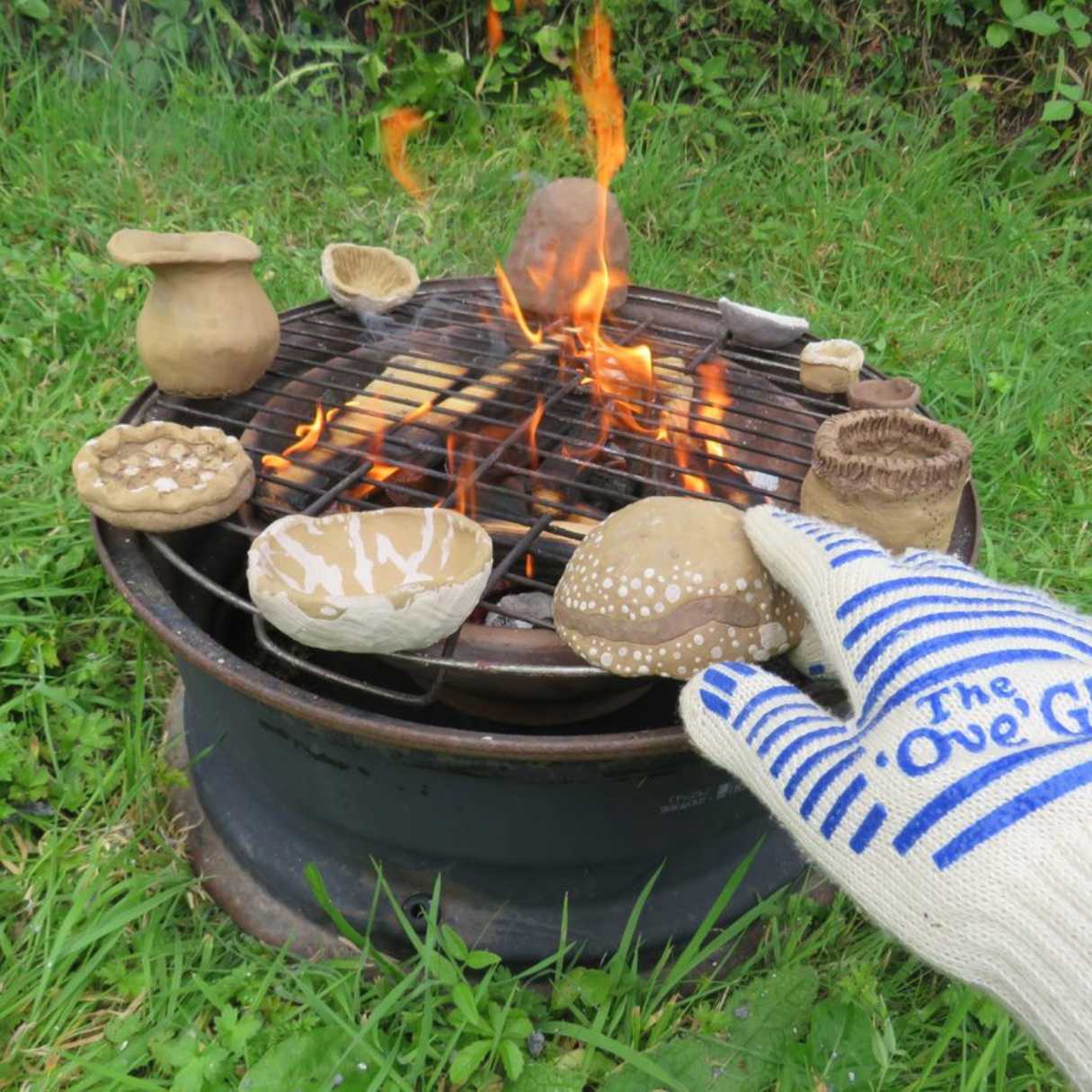
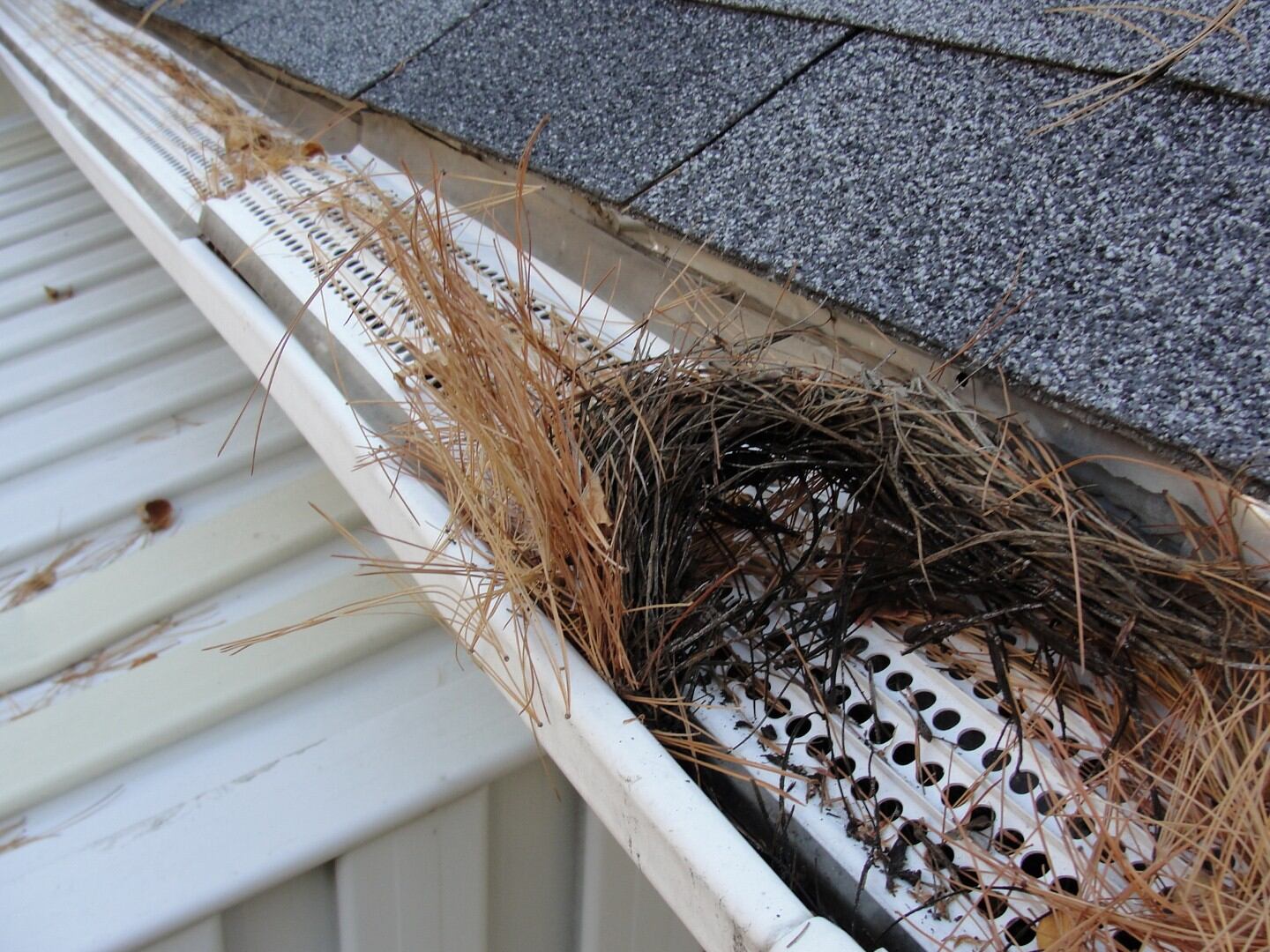

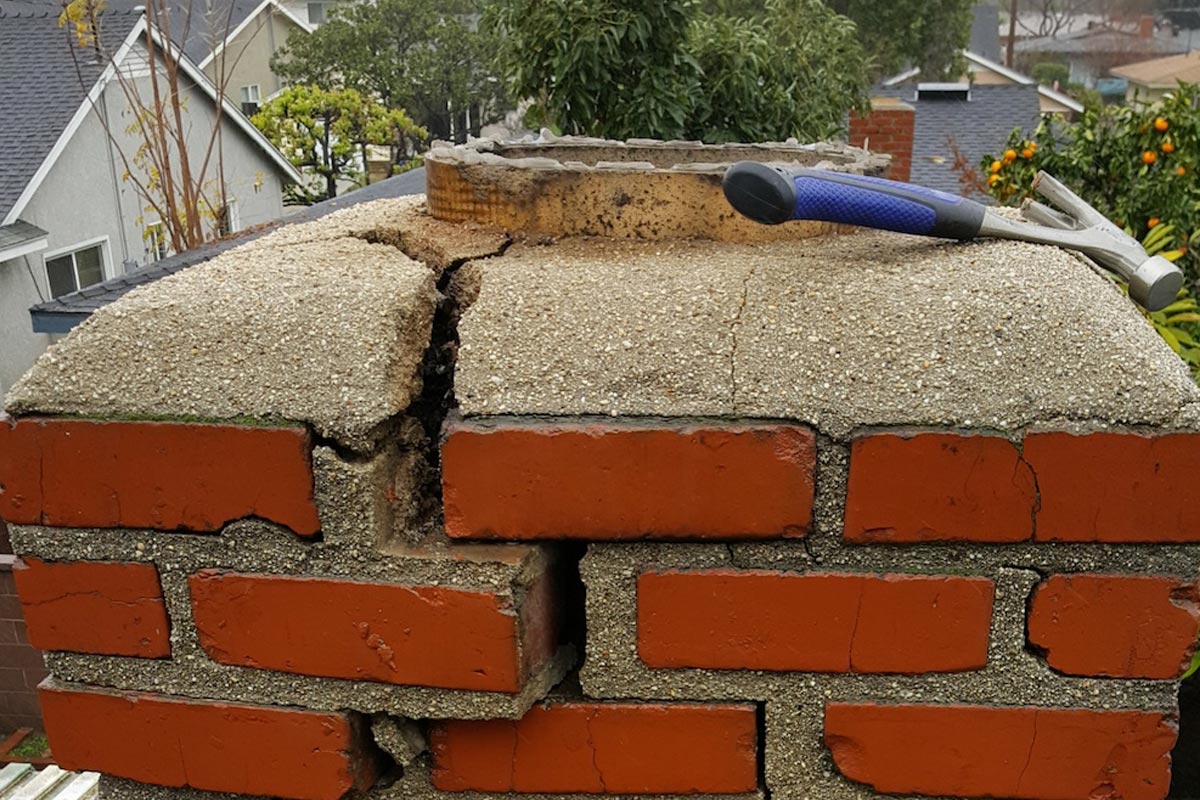
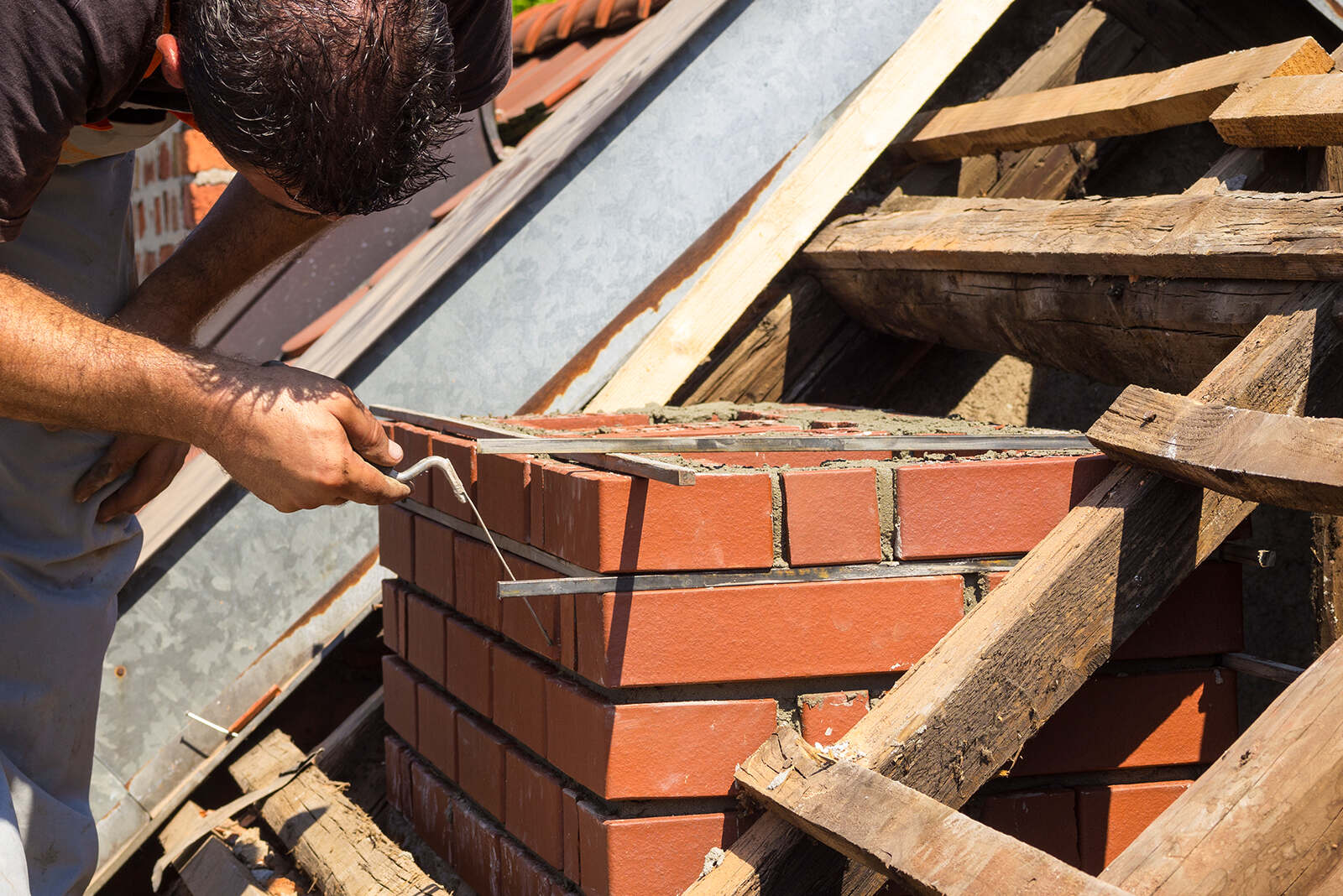
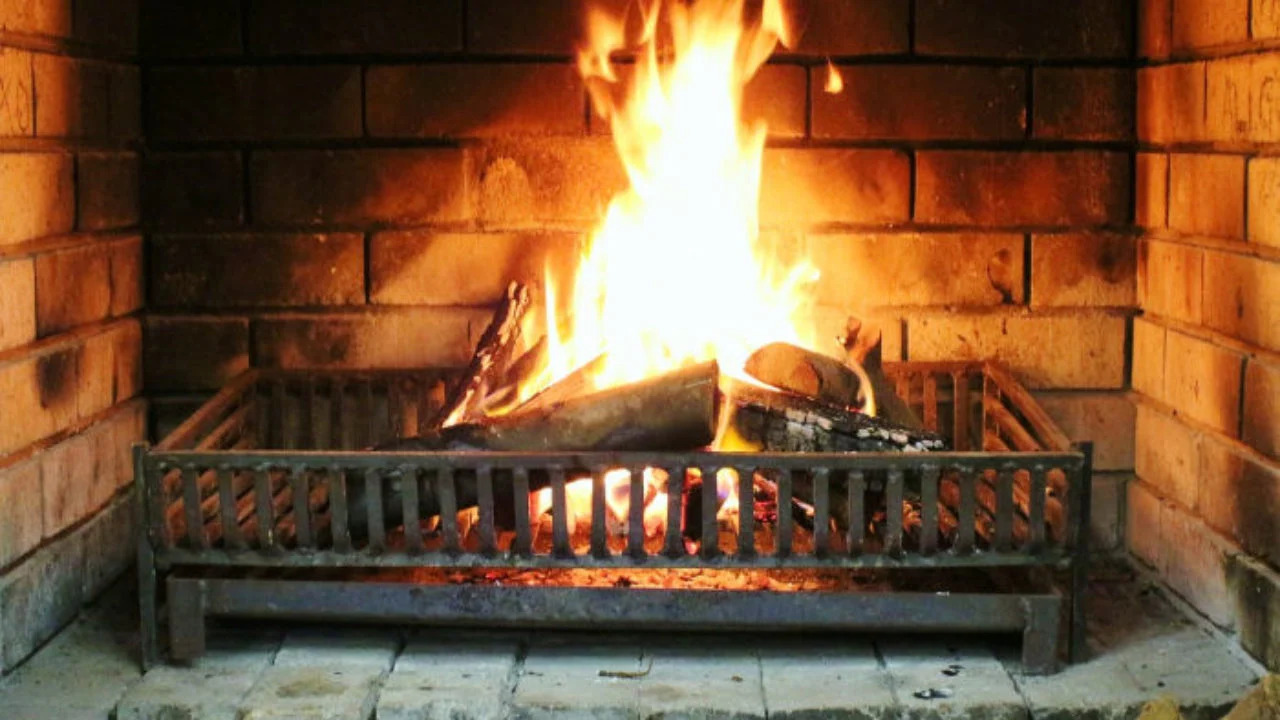
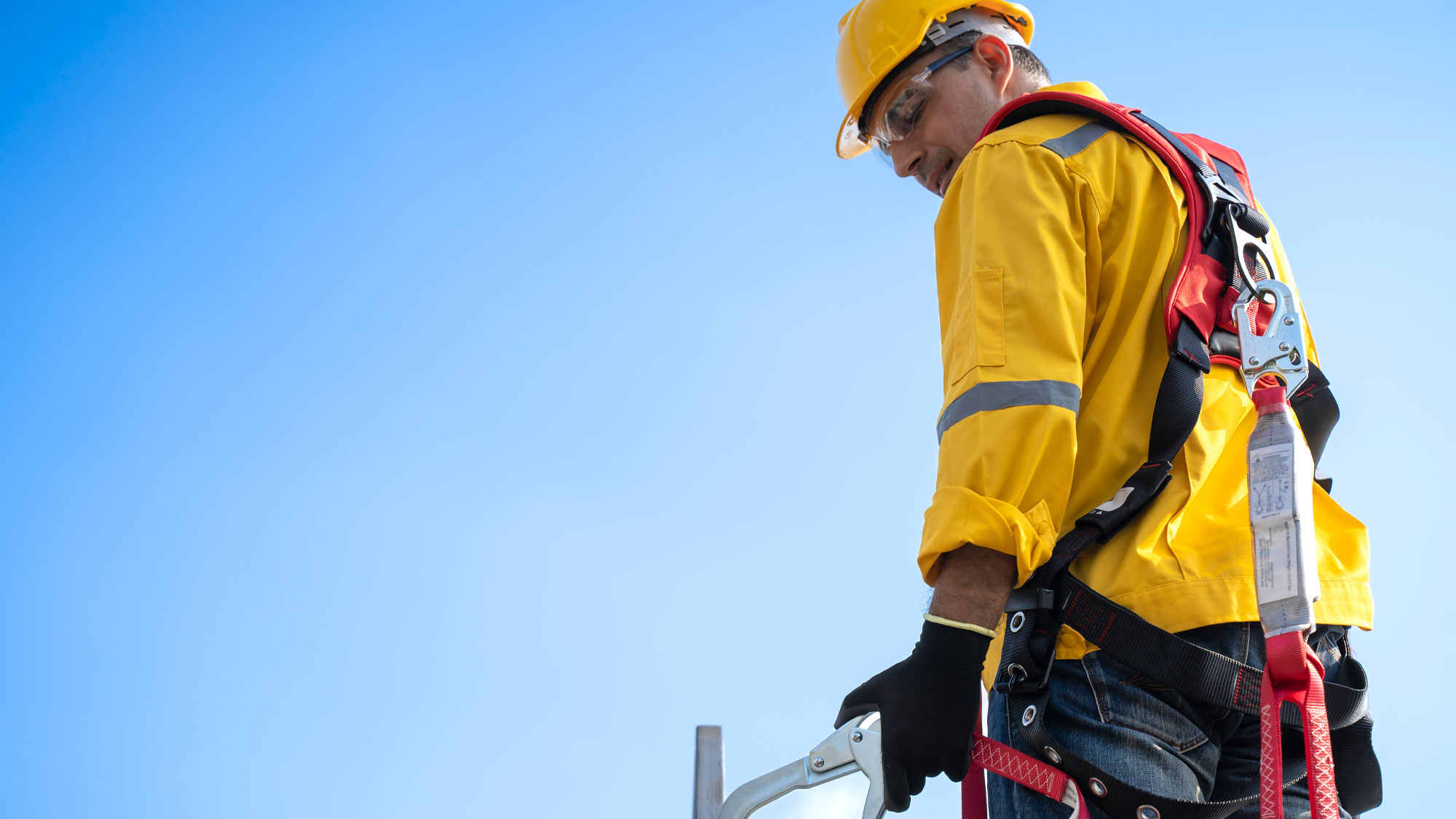
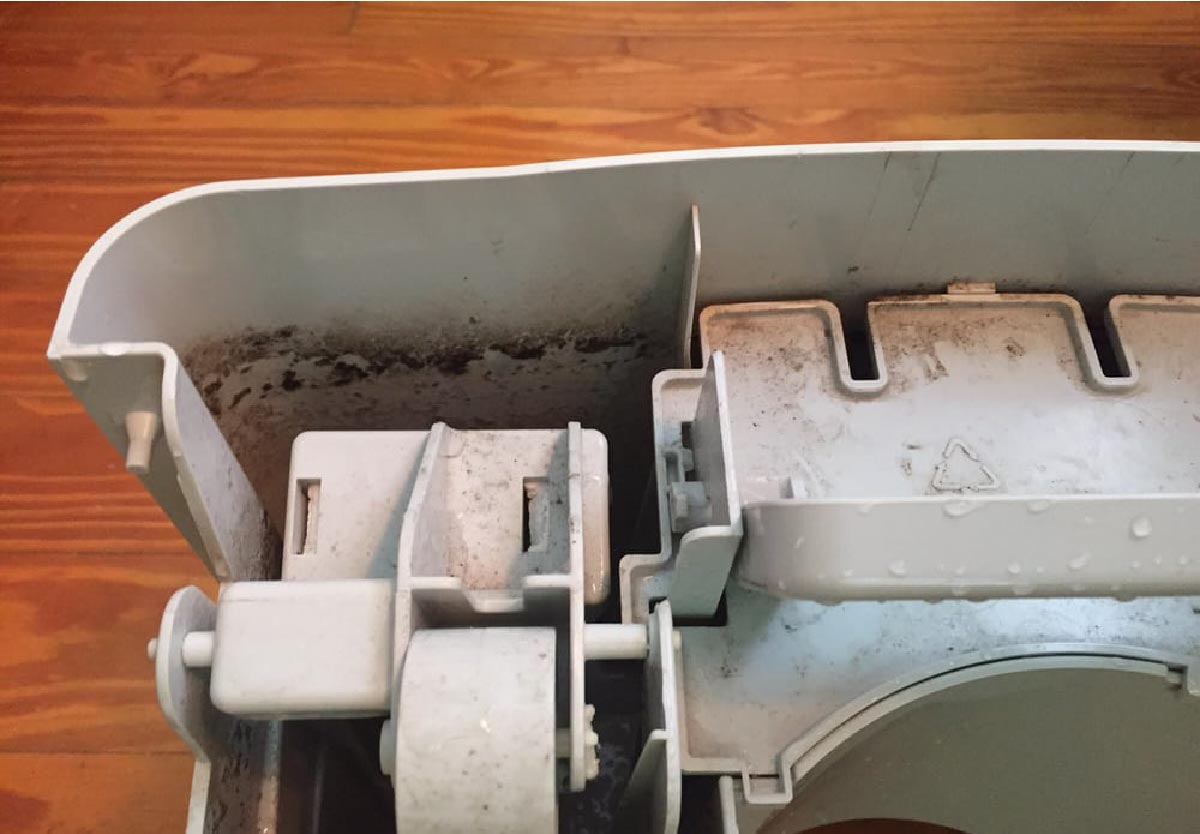
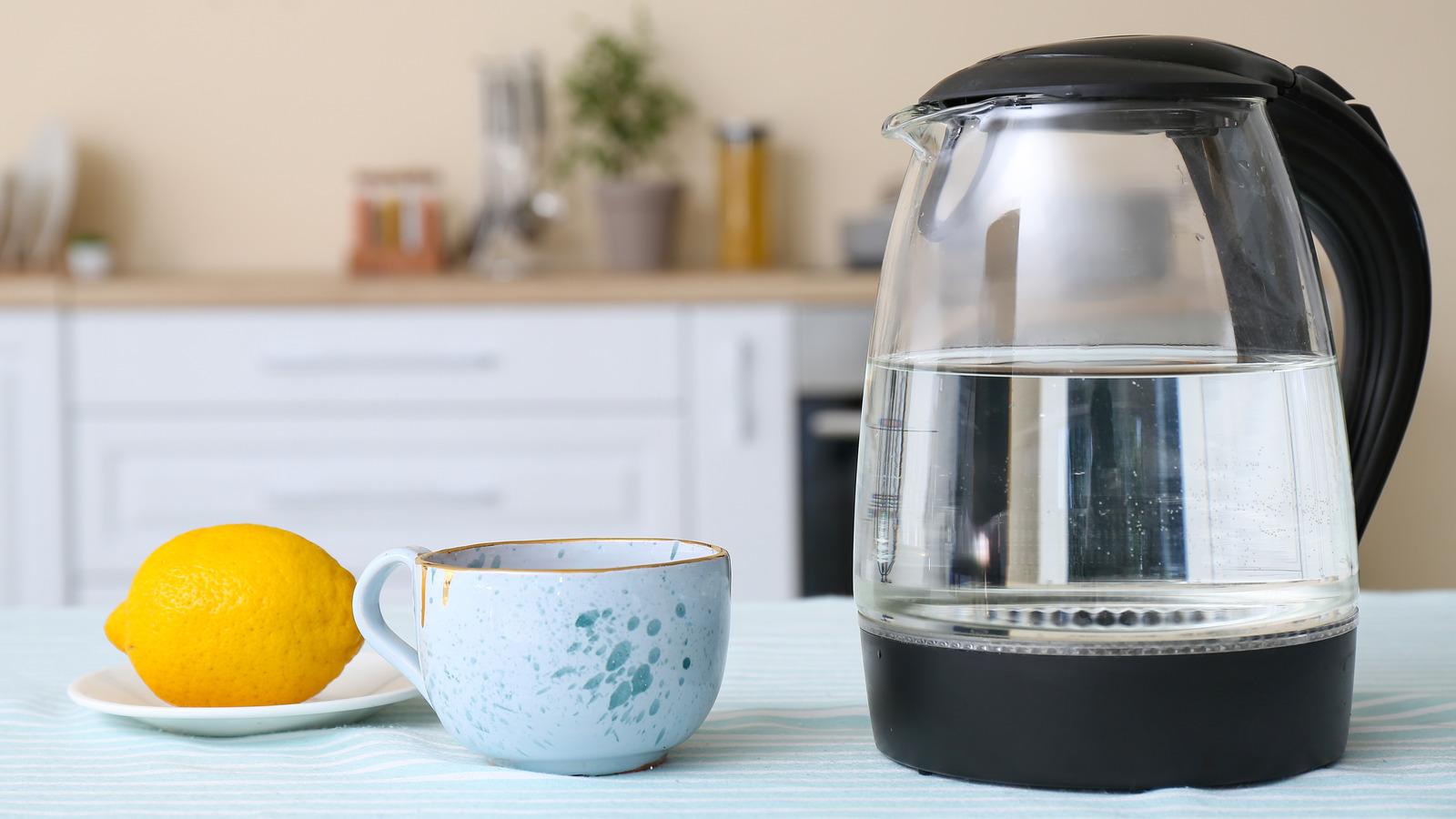

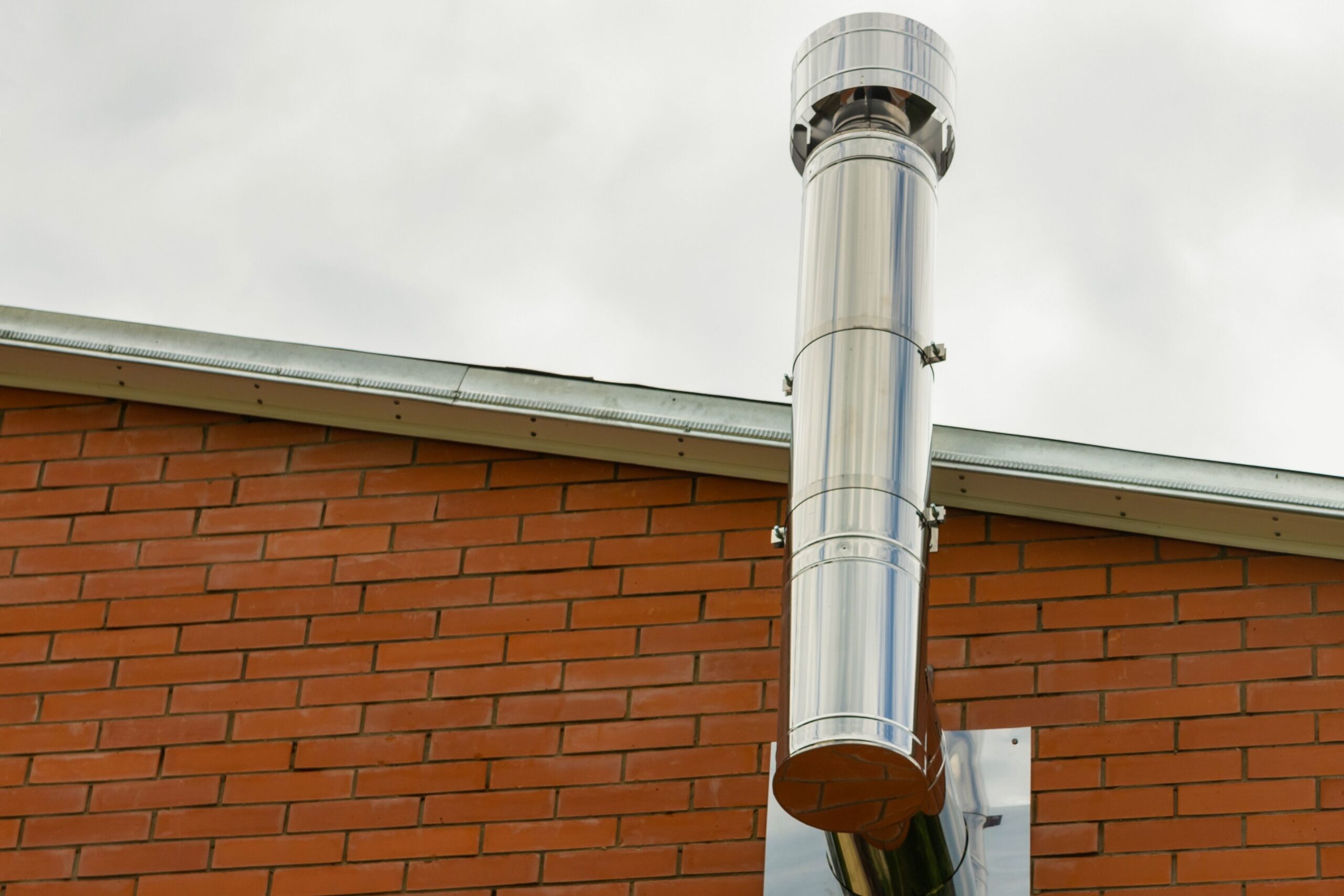
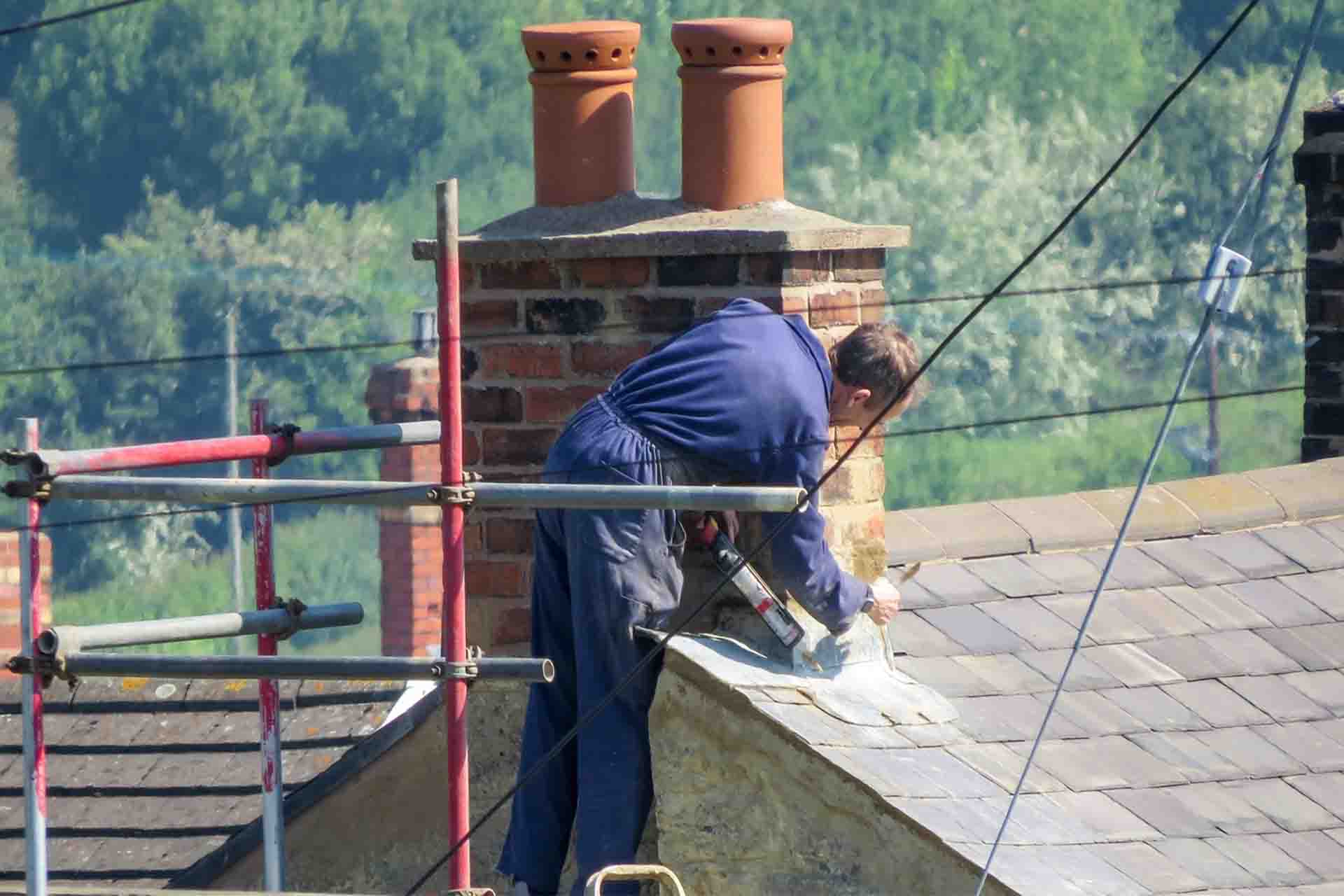

0 thoughts on “How To Prevent Chimney Fires”